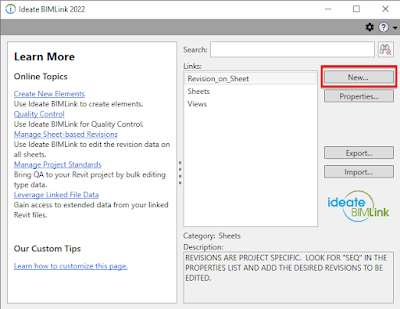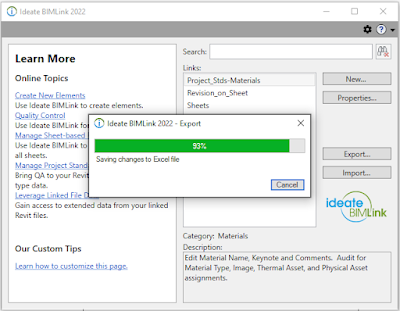Thursday, December 22, 2022
Season's Greetings 2022
Thursday, November 17, 2022
A Walk Down the Memory Lane - Curtain Wall
Christmas is near and it's that time of the year!
Just thought about my annual Revit greeting card and how I modeled the Revit scene. The use of snow (and snowflake) has been in the background for years.
 |
| Snow and snowflake in the scene |
People who see this for the first time often asked how the snow and snowflake are modeled in Revit. This is done by using the Curtain wall tool (seriously!). No Dynamo or any scripting is needed to achieve that.
This brings up a class I presented at 2012 Autodesk University. I can't believe it has been 10 years now.
The topic was Unfold the Curtain! Think Outside the Curtain Wall Tool in Autodesk Revit.
This was my first in-person live presentation at the Autodesk conference. I happened to search for something through the site today, and I am surprised to see the resource files from 10 years ago are still available online. That includes the recorded session!
If you are interested in seeing some creative use of the Curtain Wall tool, head over to the link below and check it out! Many of the techniques I covered are still applicable in Revit.
No need to sign in to the site.
Unfold the Curtain! Think Outside the Curtain Wall Tool in Autodesk Revit
If you have issues viewing the content, I have the pdfs saved here via Google doc.
Cheers!
Saturday, April 16, 2022
Finding (Material) Neverland
Have you ever experienced your Material Browser taking forever to open the second you click that icon?
One of the known issues I come across is if the project has a custom image map used for material Appearance but they are nowhere to be found, Revit is trying to find them through the path originated in its location. It will try to find them until it times out. In other words, the more missing material you have in the project, the longer for Revit to try to find them (i.e. the stalling).
An Autodesk Knowledge Base post offers a similar explanation.
This has become a serious headache for the user when:
- The Revit file was upgraded many versions ago and the material referenced location does not exist.
- The Revit file has material borrowed (or transferred) from other projects.
- Custom material assigned to family content from other sources (e.g. manufacturer content)
How do you resolve an issue like this?
While I haven't found an easy solution, the only way is to identify which material via Material Browser has the missing image, and replace (or repath) with the image that Revit can access. Once that is done, the material browser can operate normally.
This can be a daunting task if the project has hundreds if not thousands of material. Can I use Purge Unused to get rid of those materials? The short answer is yes but it is only possible to purge out material that is not assigned to any Revit system or component families. Even with purge unused, there could still be a lot of missing images referenced with the rest of the material.
There have been some postings using Dynamo to help find these images. The process still has its shortcoming.
I came across a tweet the other day when someone mentioned using a Revit add-in Ideate BIMLink tool. I started researching that solution.
What's interesting is this tool and its feature has been around for years. While BIMLink is a licensed Revit tool, I haven't had the chance to use it until recently. What's more, the original intent of using a BIMLink feature is to swap material assignments for custom families to aid in a quick iteration of rendered design options for casework, furniture, and lighting.
Click Done to go back to the setting.
The image path is under Appearance: Image










